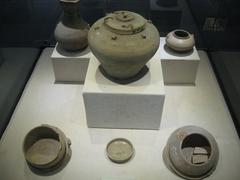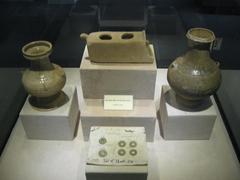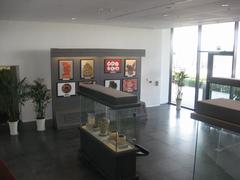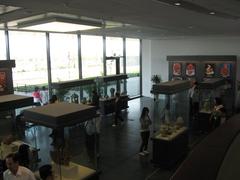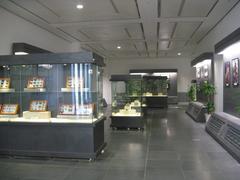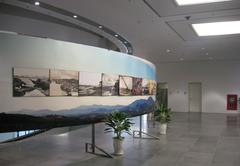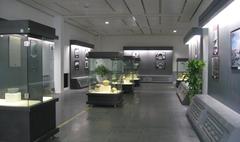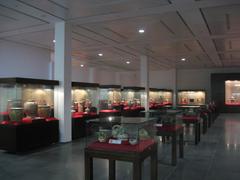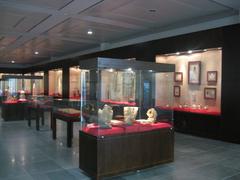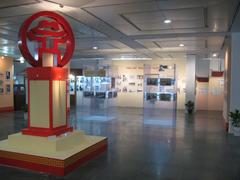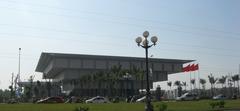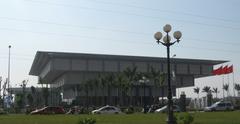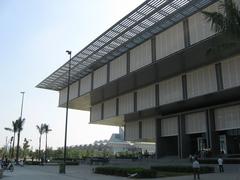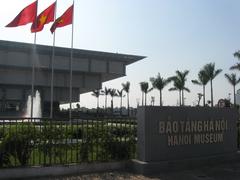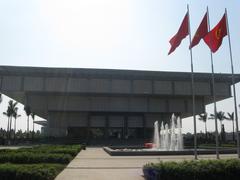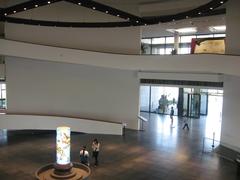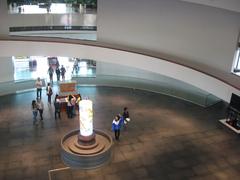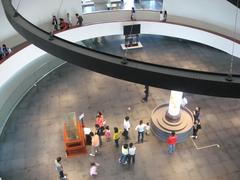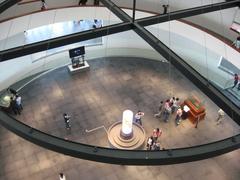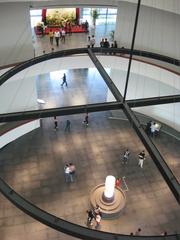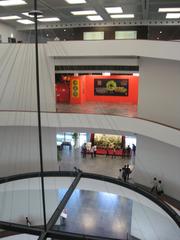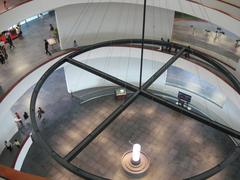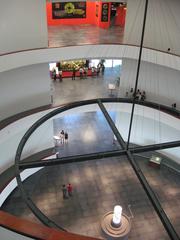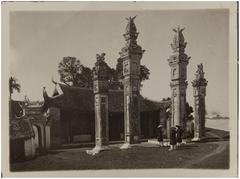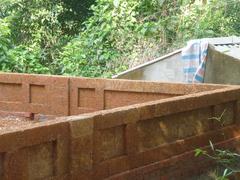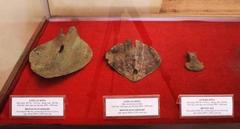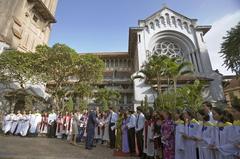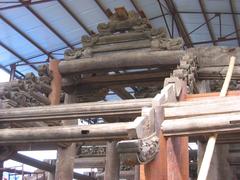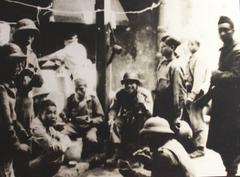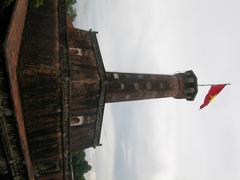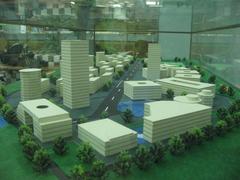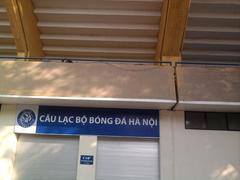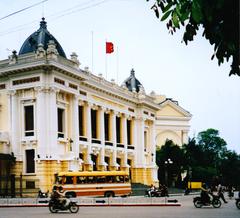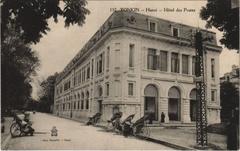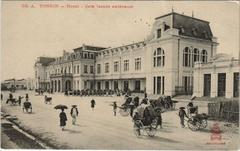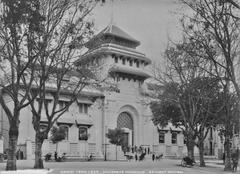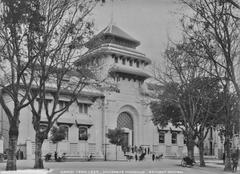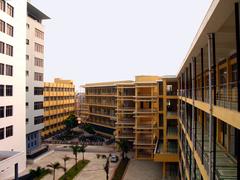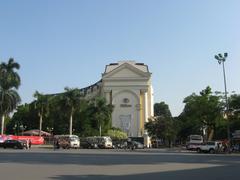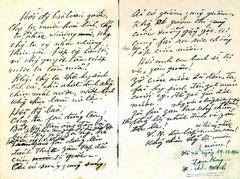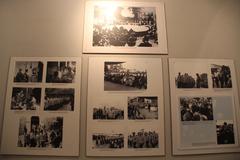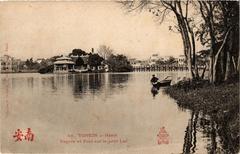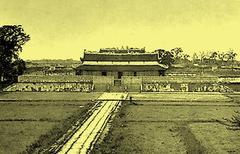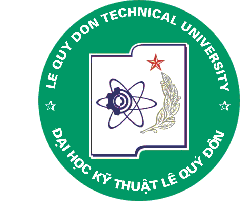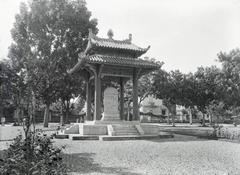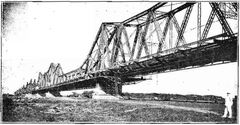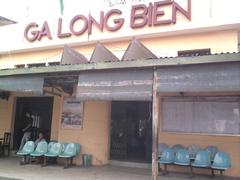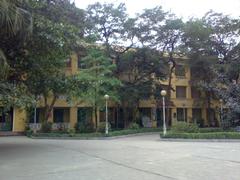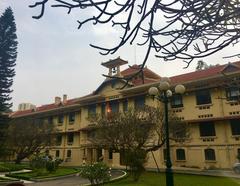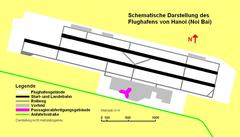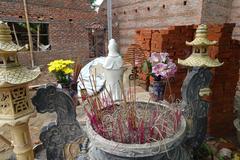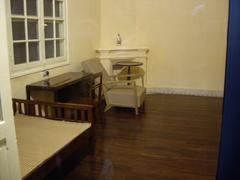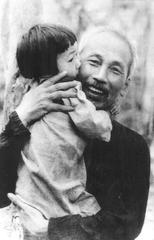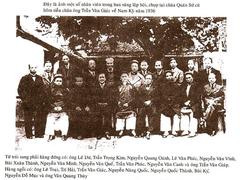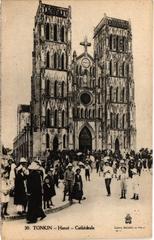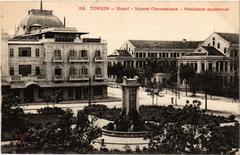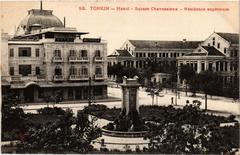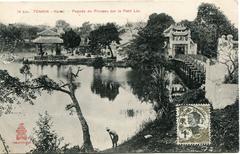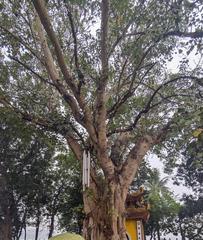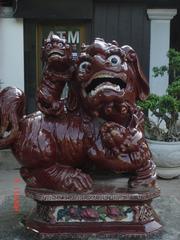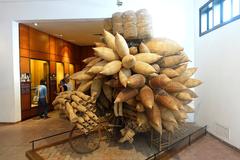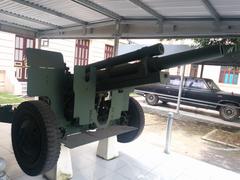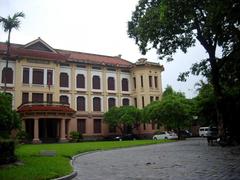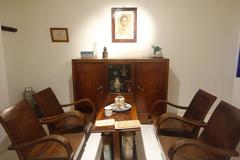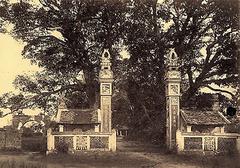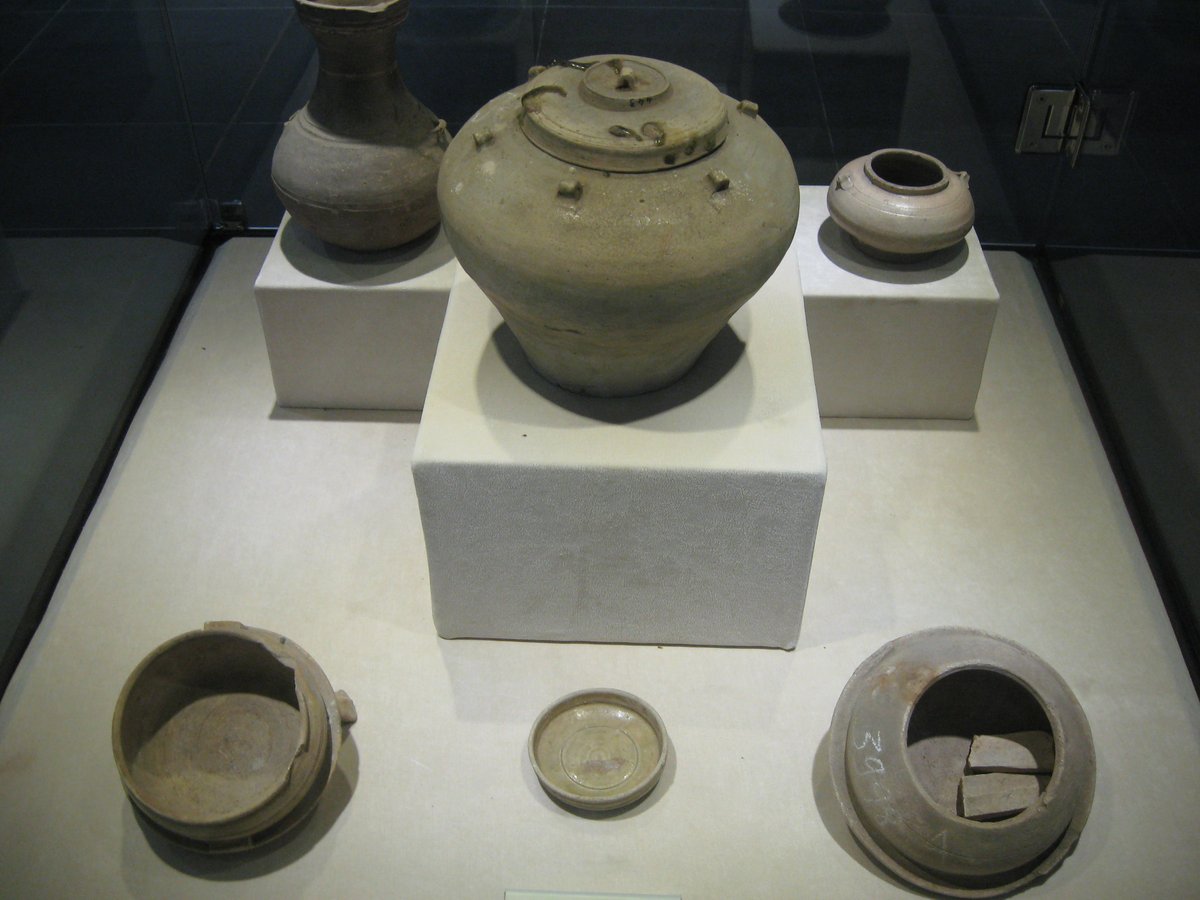
Hanoi Museum Visiting Hours, Tickets, and Travel Guide for Hanoi Historical Sites
Date: 14/06/2025
Introduction
Nestled in the Nam Tu Liem District of Vietnam’s capital, the Hanoi Museum is a beacon of cultural preservation and modern architectural ingenuity. Opened in 2010 for Hanoi’s Millennial Anniversary, the museum provides an immersive exploration of the city’s evolution from ancient settlements to its current status as a bustling metropolis. Its iconic inverted pyramid structure—drawing inspiration from the lotus flower and the historic One Pillar Pagoda—distinguishes it as both a cultural and architectural landmark (Wikipedia, ArchDaily).
Housing over 50,000 artifacts, the museum offers a comprehensive narrative of Hanoi’s diverse ethnic groups, dynastic eras, colonial influences, and contemporary developments. With engaging exhibits, outdoor village replicas, and digital tours, it stands as a must-visit destination for history enthusiasts, architecture admirers, and cultural explorers alike (BDATrip, Hanoi Times).
This guide covers everything you need to know: visiting hours, ticketing, accessibility, travel tips, and recommendations for nearby attractions, ensuring that your visit is seamless and enriching.
Table of Contents
- Historical Background and Architectural Significance
- Permanent and Special Exhibitions
- Outdoor Exhibitions and Gardens
- Digital and Virtual Experiences
- Practical Visitor Information
- Recommended Nearby Attractions
- Frequently Asked Questions (FAQ)
- Summary and Travel Tips
- References
Historical Background and Architectural Significance
Origins and Purpose
Inaugurated in 2010 to mark 1,000 years since Hanoi’s founding, the Hanoi Museum (Bảo tàng Hà Nội) was established to preserve and showcase the city’s extensive historical and cultural heritage. With its vast collection of artifacts, the museum documents Hanoi’s journey through prehistoric times, dynastic rule, colonial periods, and modern transformation (Wikipedia).
Collection and Scope
The museum houses over 50,000 artifacts, including ancient bronze drums, Bat Trang ceramics, the Thanh Mai bronze bell, and relics from the Co Loa citadel. The breadth of the collection provides a chronological view of Hanoi’s social, architectural, and cultural development (BDATrip).
Architectural and Cultural Significance
Design and Symbolism
Designed by gmp Architekten, the museum’s inverted pyramid structure is inspired by the lotus flower—a symbol of purity and resilience in Vietnamese culture—and the One Pillar Pagoda. The four open entrances symbolize Hanoi’s openness to the world (ArchDaily, BDATrip).
Structure and Layout
Spanning 54,000 square meters, the museum is set within landscaped gardens. Its central circular atrium connects three expanding exhibition floors via a spiral ramp, offering panoramic views of both the interior and the surrounding park (VinWonders).
Sustainability and Functionality
The pyramid design provides passive shading, reducing UV exposure and energy costs, while the interior is naturally lit through cleverly positioned skylights. Functional spaces include conference halls, research facilities, a library, and offices (VinWonders).
International Recognition
The Hanoi Museum’s innovative design has garnered international praise, drawing comparisons to world-renowned institutions like the Louvre, and has become a major attraction for both locals and tourists (BDATrip).
Permanent and Special Exhibitions
Permanent Collections
Historical Artifacts
Chronologically organized, the museum’s permanent exhibitions trace the city’s history through prehistoric tools, Dong Son culture artifacts, and items from successive dynasties. Key highlights include the Co Loa Bronze Drum, Bat Trang ceramics, and relics from significant historical milestones.
Ethnic and Cultural Heritage
The exhibitions feature the traditions of major ethnic groups in Hanoi, displaying costumes, musical instruments, ritual objects, and reconstructed village homes, enriched by multimedia installations.
Urban Development
Dedicated galleries detail Hanoi’s modernization, with urban planning documents, photographs, and artifacts from key historical periods, such as the French colonial era and the Vietnam War.
Decorative Arts and Daily Life
Displays include lacquerware, textiles, folk paintings, and culinary artifacts, providing insight into daily life and artistic traditions.
Temporary and Special Exhibitions
Rotating exhibitions focus on themes such as Hanoi’s Old Quarter, French architecture, and contemporary art, often aligning with national festivals or featuring collaborations with other museums and artists. The museum also hosts events celebrating women, youth, and minority communities, offering workshops and hands-on cultural experiences.
Outdoor Exhibitions and Gardens
Open-Air Displays
The museum’s landscaped park features traditional Vietnamese gardens, water elements, and reconstructed village houses that illustrate vernacular architecture.
Special Installations and Events
Seasonal cultural performances, art fairs, and craft markets are held in the outdoor spaces, encouraging community engagement and providing a lively atmosphere beyond the indoor galleries.
Digital and Virtual Experiences
Virtual Tours and Online Collections
The museum offers comprehensive digital resources, including virtual tours, 3D models, and high-resolution images, making its collections accessible worldwide (Official Hanoi Museum Website).
Research and Educational Resources
Digital archives serve researchers and heritage professionals, preserving Hanoi’s archaeological and cultural documentation for the future.
Practical Visitor Information
Hanoi Museum Visiting Hours
- Open: Daily from 8:30 AM to 5:00 PM (last entry at 4:30 PM)
- Closed: Mondays and public holidays
Tickets and Prices
- General Admission: 40,000 VND (~$1.70 USD)
- Children under 6 and seniors over 70: Free
- Discounts: Available for students and groups
- Where to Buy: On-site or via the official website
Accessibility
- Fully wheelchair accessible (ramps, elevators, accessible restrooms)
- Staff assistance available upon request
Guided Tours and Services
- Guided tours in English, Vietnamese, and French (book in advance)
- Audio guides with interactive multimedia content
- On-site amenities: air-conditioning, restrooms, drinking water stations, café
Travel Tips
- Getting There: Located in Nam Tu Liem District; accessible by taxi, ride-hailing apps, or bus. Use taxis for easier access due to uneven sidewalks.
- Best Times: Weekdays and mornings (October–April) for fewer crowds and pleasant weather.
- Photography: Allowed in most areas (no flash or tripods).
- Plan for Time: Allow at least 2–3 hours for a full visit.
Recommended Nearby Attractions
- One Pillar Pagoda
- Ho Chi Minh Mausoleum
- Temple of Literature
- West Lake (Ho Tay)
- Vietnam Museum of Ethnology (VnExpress)
Frequently Asked Questions (FAQ)
Q1: What are the Hanoi Museum visiting hours?
A1: Open daily from 8:30 AM to 5:00 PM, closed on Mondays and public holidays.
Q2: How much are tickets?
A2: 40,000 VND for adults; discounts for students and free for children under 6 and seniors over 70.
Q3: Is the museum wheelchair accessible?
A3: Yes, with ramps, elevators, and accessible restrooms.
Q4: Are guided tours available?
A4: Yes, in English, Vietnamese, and French.
Q5: Can I take photos inside?
A5: Yes, non-flash photography is permitted in most areas.
Summary and Travel Tips
The Hanoi Museum offers a dynamic window into the capital’s layered history and vibrant culture, set within an award-winning architectural landmark. Its extensive collections, rotating exhibitions, and outdoor displays provide a thorough and engaging experience for all visitors. With affordable admission, multilingual tours, and full accessibility, the museum is both visitor-friendly and educational. Combine your visit with other nearby attractions for a rich day of exploration.
Travel Tips:
- Check visiting hours and ticket information on the official website before your visit.
- Use the Audiala app for enhanced audio guides.
- Bring identification for student discounts.
- Consider a weekday morning visit for the best experience.
References
- Wikipedia
- ArchDaily
- BDATrip
- Hanoi Times
- VinWonders
- Official Hanoi Museum Website
- VnExpress
- Vietnam Museum of Ethnology Visitor Guide
